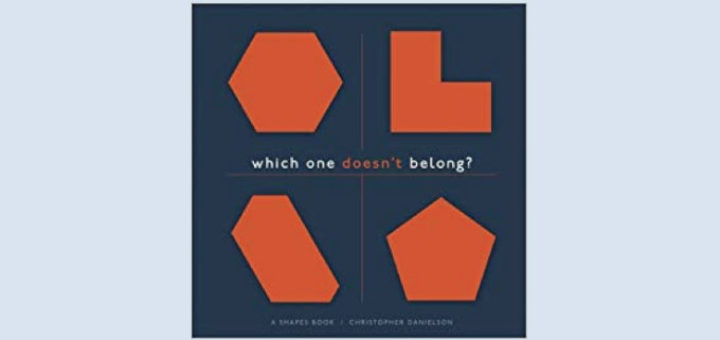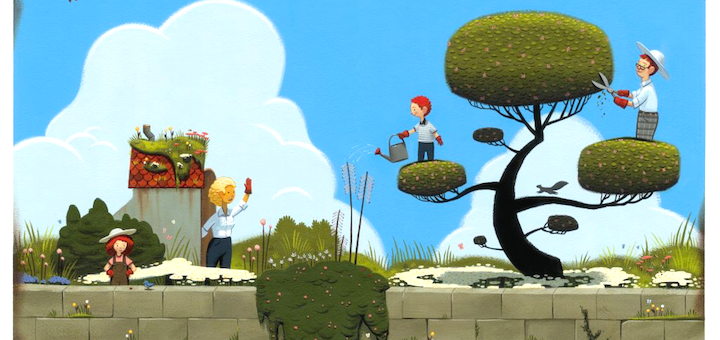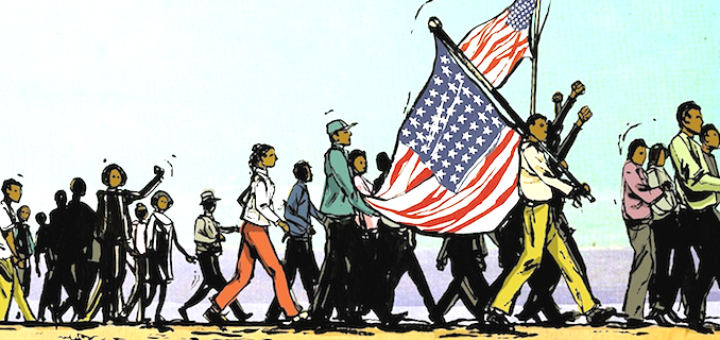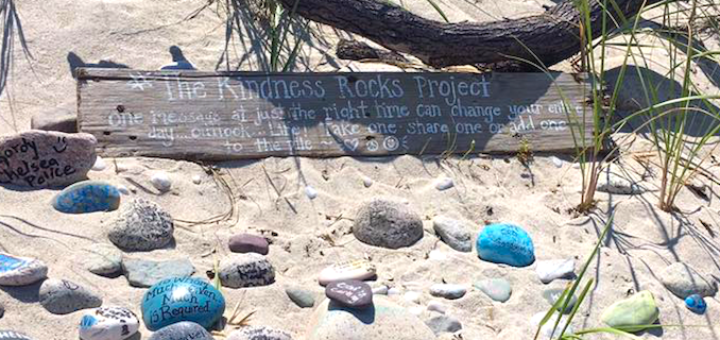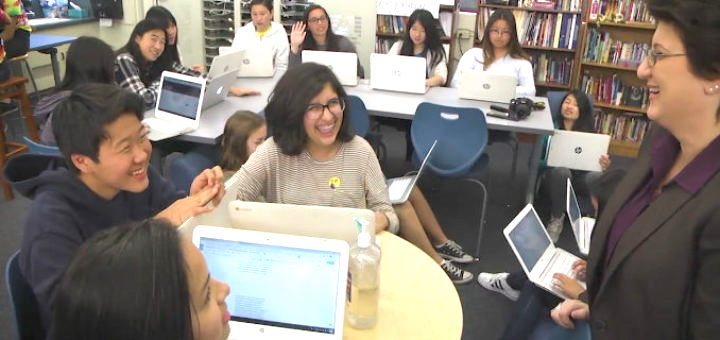Teaching and learning in grades 4-8
Each student Amy Estersohn shared the book “Which One Doesn’t Belong” with spent time lost deep in thought among the geometric images and was able to articulate a reasonable explanation for why a shape didn’t belong. The teacher’s guide can help build math discussion.
Amber Chandler introduces her rising 7th grade daughter Zoey to share “five things I wish people told me about going to middle school.” Perspective is everything, as Zoey demonstrates, with some advice she urges sixth grade teachers to share with their new students.
Mary Tarashuk is counting on Peter Brown’s fiction picture books to enliven her 4th graders’ adaptation to their new classroom and their first science unit on animal and plant adaptation. The Global Read Aloud, featuring Brown’s Roz the Wild Robot, is in the wings.
In her first post at a new MiddleWeb blog, “Heart of the School,” teacher-librarian Rita Platt responds to a weekend of civil strife and a deepening discussion about race and diversity in America with eight steps she believes can promote social justice through education.
Cheryl Mizerny resolves to spend this school year cultivating a culture of kindness among her middle level students as she joins with them to create The Kind Classroom. Summer reading and listening have helped lay the groundwork for her comprehensive SEL approach.
William Ferriter and Paul Cancellieri pack their book on rethinking student feedback with knowledge and helpful advice that can benefit teachers and empower students as learners, says educator Bill Ivey. He shares possible applications for his own classroom.
Do you want a book filled with lesson plans that you can use the next day or something based in theory that will inform your teaching decisions along the way? Pam Hamilton writes you can have it both ways in these fiction and nonfiction guides by Gravity Goldberg and Renee Houser.
This is a needed, practical book for superintendents, school leaders, and others who want to know how districts work and how these key figures should function in terms of school governance and working relationships, says retired principal Mary Langer Thompson.
We might think a new school year should start off with solemnity. But that’s not the message teacher Heather Wolpert-Gawron has garnered from her survey of 6-12th graders across the country. Students learn more when teachers share their humanity and their humor ASAP.
As the new school year approaches, explore a selection of digital tools recommended by teacher educator Curtis Chandler that can help you streamline lesson planning, create secure class websites, connect with families, and gather information on how your new students like to learn.

